Using AI to filter stocks; here’s what Upside AI’s algorithm is indicating for stock markets ahead
The pandemic has made humans more dependent on technology, be it for working, shopping and now even for investing. Upside AI — a SEBI registered Portfolio Management Service (PMS) is among the first funds in India to use machine learning to make fundamental investment decisions. The technology-focused fund believes that the next Warren Buffett would be Artificial Intelligence. Kanika Agarrwal, Co-founder and Chief Investment Officer, Upside AI in interaction with Kshitij Bhargava of Financial Express Online, discussed how their algorithm works and what it believes is in store for stock markets next. Here are the edited excerpts.
You use an exciting mechanism to gauge the market, what does it say about the current market situation and where is it expected to go in the coming future?
Therefore, the decision any investor must make is two-fold –
(1) Am I comfortable with my equity allocation?
(2) Given the market conditions today, what are good stocks to hold?
Given that we are an equity investor, the first question is answered. Hence, we are mainly answering the second question – “what will the market think is a good company next quarter”.
At the moment, based on our analysis of current market conditions, our multi cap portfolio is weighted towards small caps and value stocks.
We have heard arguments in favour of a bottom-up approach when going stock shopping now; do you believe in that approach? How would you go by doing that?
We are a primarily bottom-up shop. So far, technology has been used in high frequency, technical analysis, etc in India. However, bottom-up, fundamental analysis has been the domain of human managers.
If you analyse long term data, you will see that humans by and large perform similar to the index as humans are driven by emotion and prone to make suboptimal decisions.
Therefore, we are trying to solve investing (not trading) by using machine learning. The idea is to feed in financial numbers of companies and let the machine determine what it means to be “fundamentally good” in current market conditions. As markets are constantly evolving, the meaning of “good stocks” also changes – some periods, PE does not matter as much as growth, in others the debt is far more important. Of course, we do a layer of corporate governance checks to capture data the machine cannot about the quality of the numbers.
Technology has been an enabler more so than ever in this decade, Upside AI is a product of that, but is there more upside potential in IT stock from here?
You will find a lot of sectors clocking that have done well since March. For IT specifically, the long-term story of the disproportionate role technology will play in our lives remains the same. Therefore, IT as a sector will be a good buy intuitively (just like, say consumer stocks). The question we must answer is what is a good stock at current prices?
Therefore, the call we are taking is more company fundamental specific and not so much at the sector level. Who is the disruptor and who is the disrupted? Kodak invented the digital camera in 1975 – and then buried it because it would cannibalise its existing business. Kodak went bankrupt in 2012.
We were big believers of the IT theme before the rally started, right from Jan-20 onwards. Within our top 250 product, we bought Mindtree, HCL Tech and Tech Mahindra. All three have done very well for us – Mindtree has nearly doubled this year. As we go into the new year, we will maintain a 20% allocation to IT.
Is it time to go hunting small caps and midcaps in the coming quarter? What does your algorithm lean towards?
This is a broader asset allocation call which depends on your risk appetite and wealth distribution. We are big believers of the mid/ small cap story and have focused on them over the last 18 months.
Our Multicap product ends up heavily weighting mid/ small caps. If you are planning to buy small caps in the next quarter, you should be averaging and buying all year – it is more a function of allocation than an opportunity.
Value or growth investing what would you go for?
The main reason we built our products is that no one thing works consistently anymore. A value/ growth/ IT/ pharma investor will do well only in a small snapshot of time and then revert to mean. Therefore, machine learning allows us to let markets guide the type of investor we should be that quarter and dynamically change, quickly and consistently.
What sectors are you preferring from here on as we march towards the ‘old normal’?
We currently own some metals, pharma, textiles and consumer stocks. The portfolio is straddling defensive and cyclical sectors.
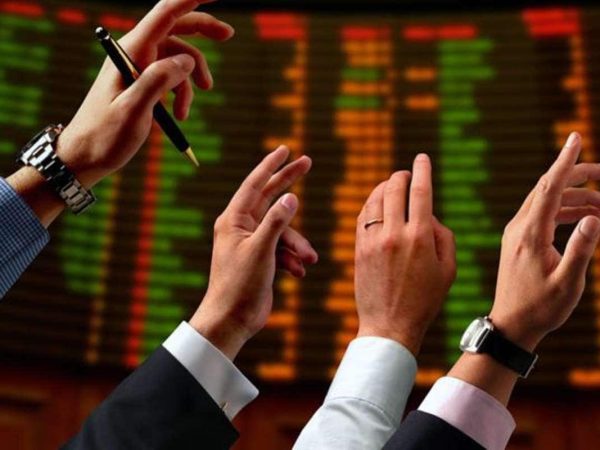
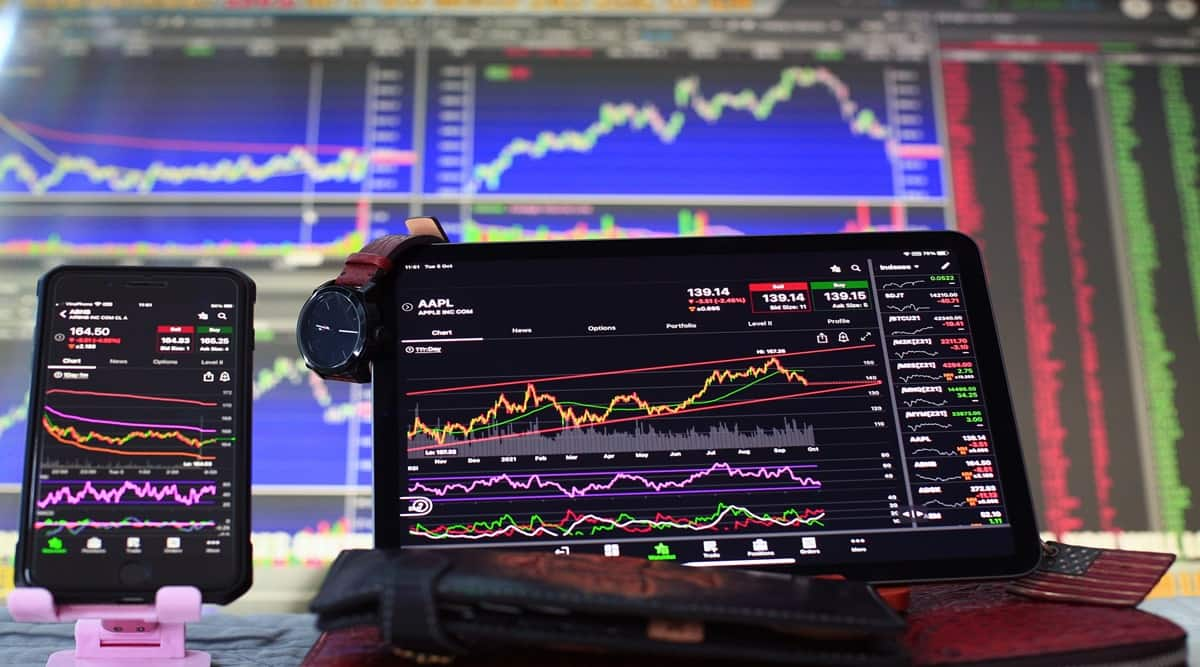
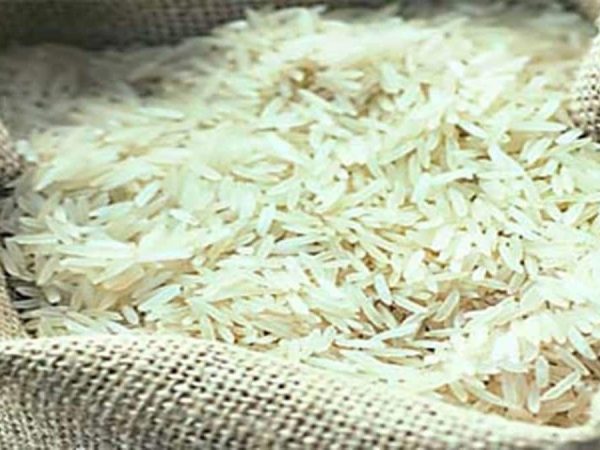
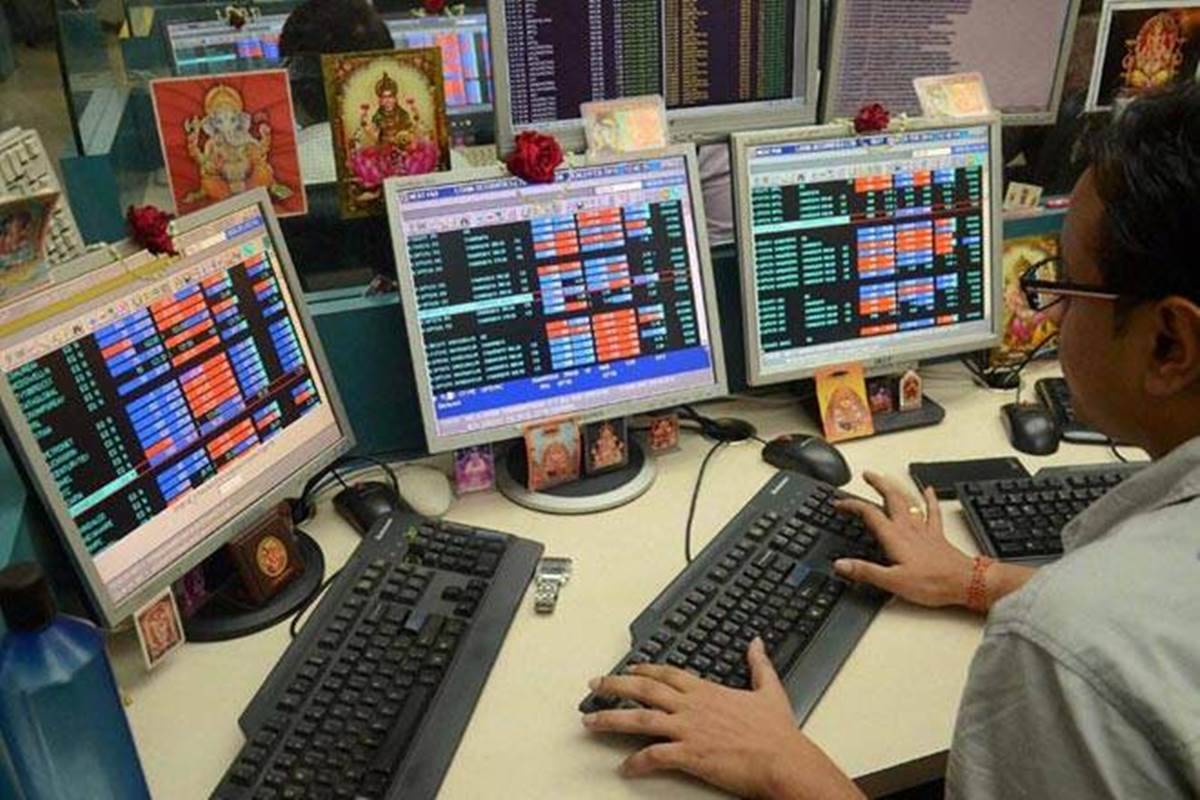

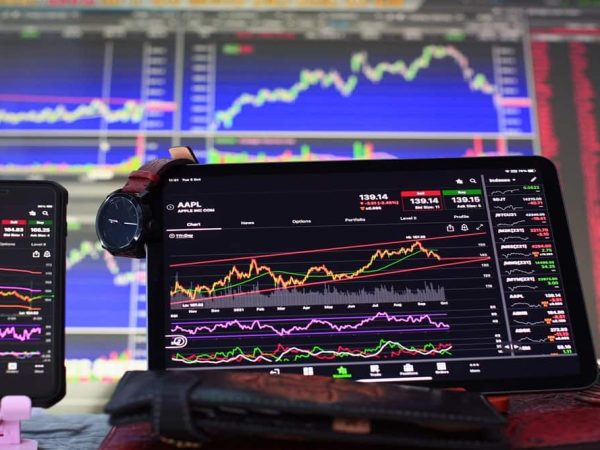
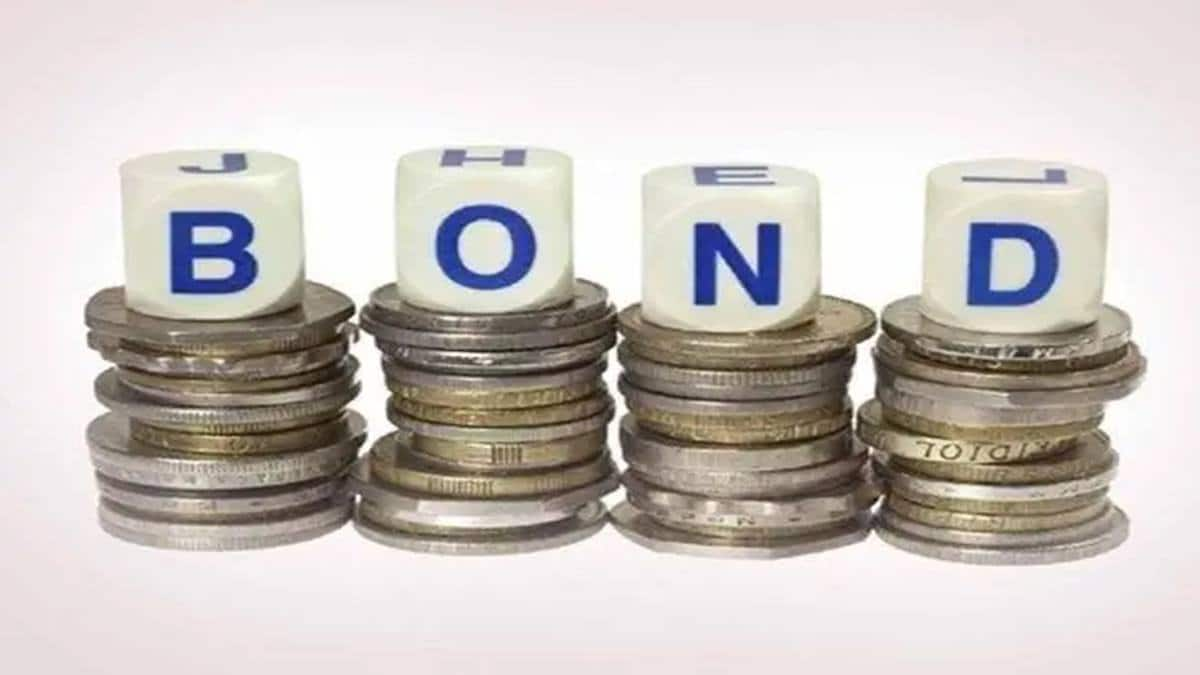
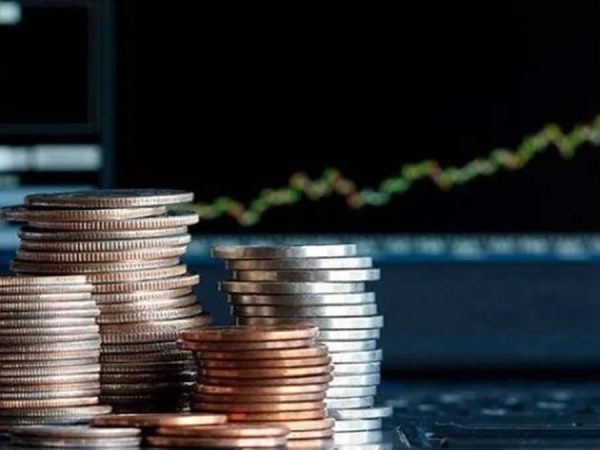
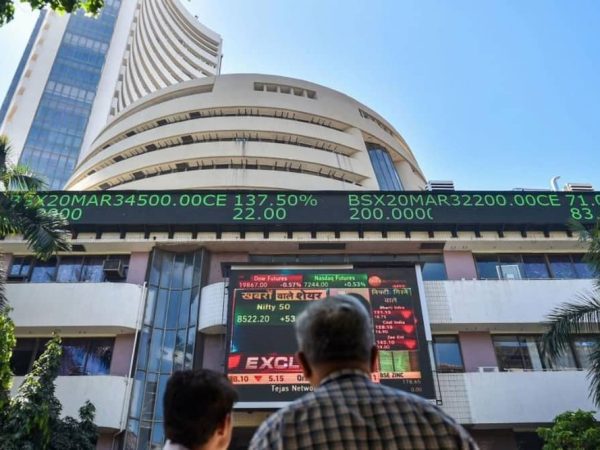
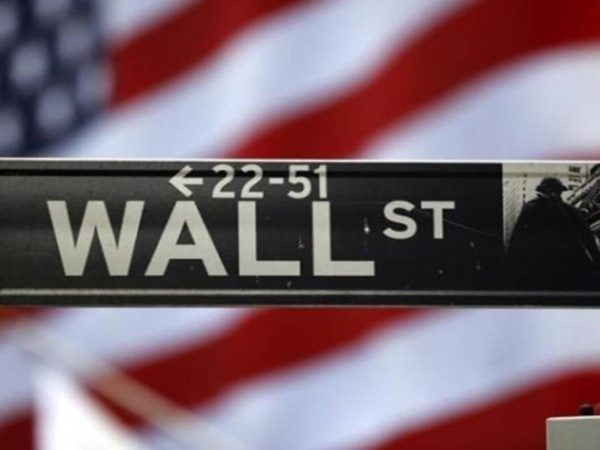
Recent Comments